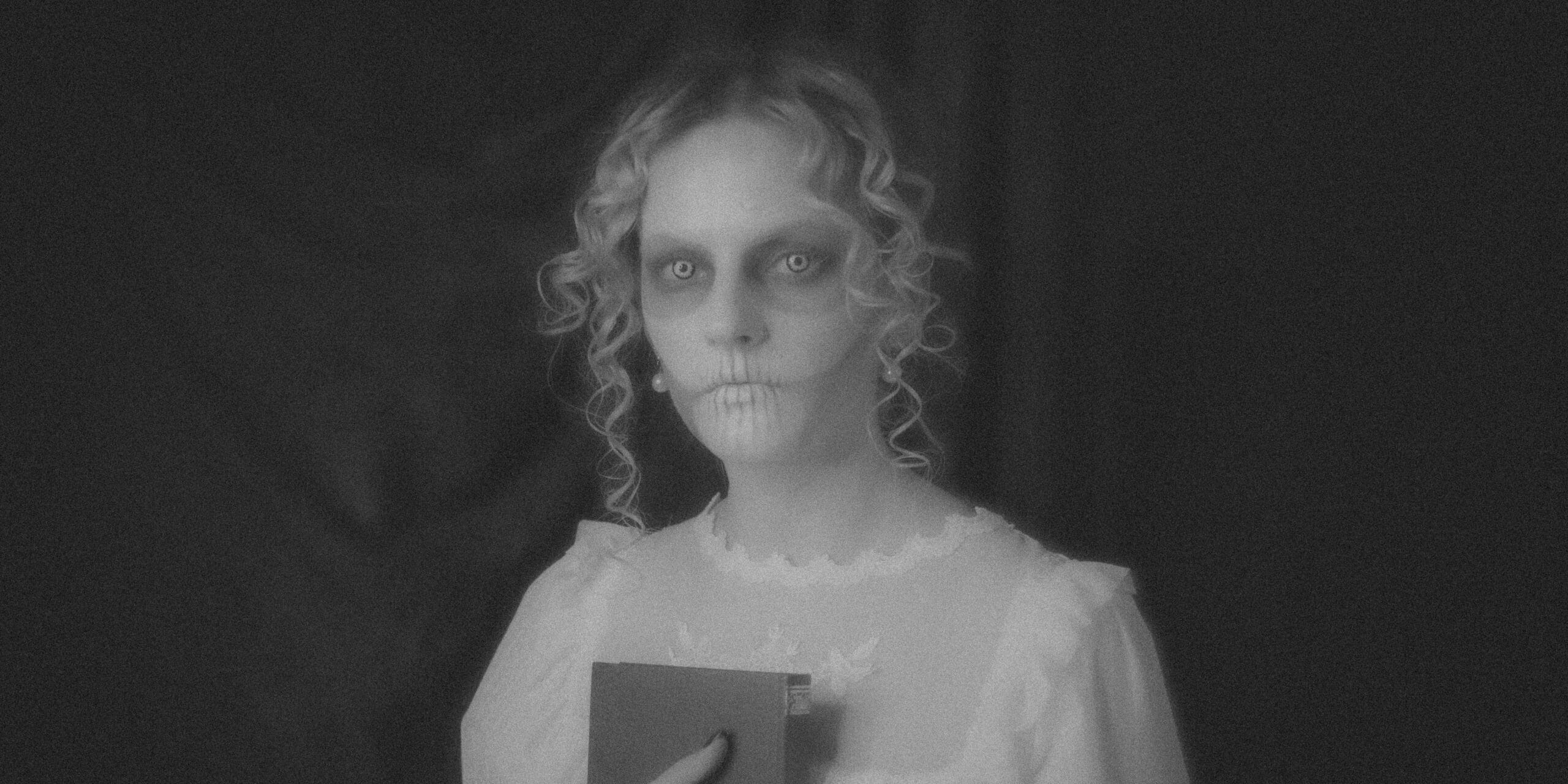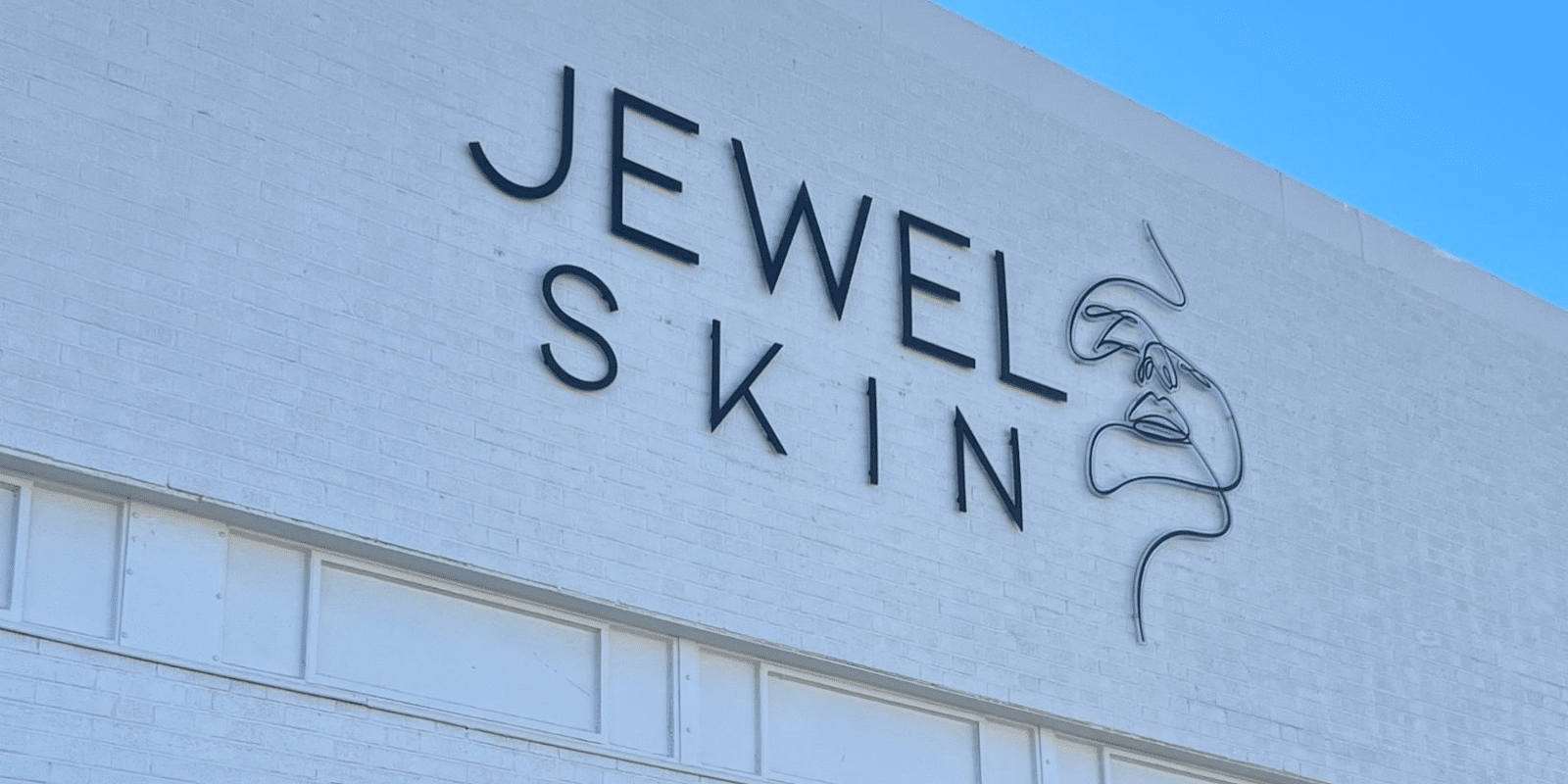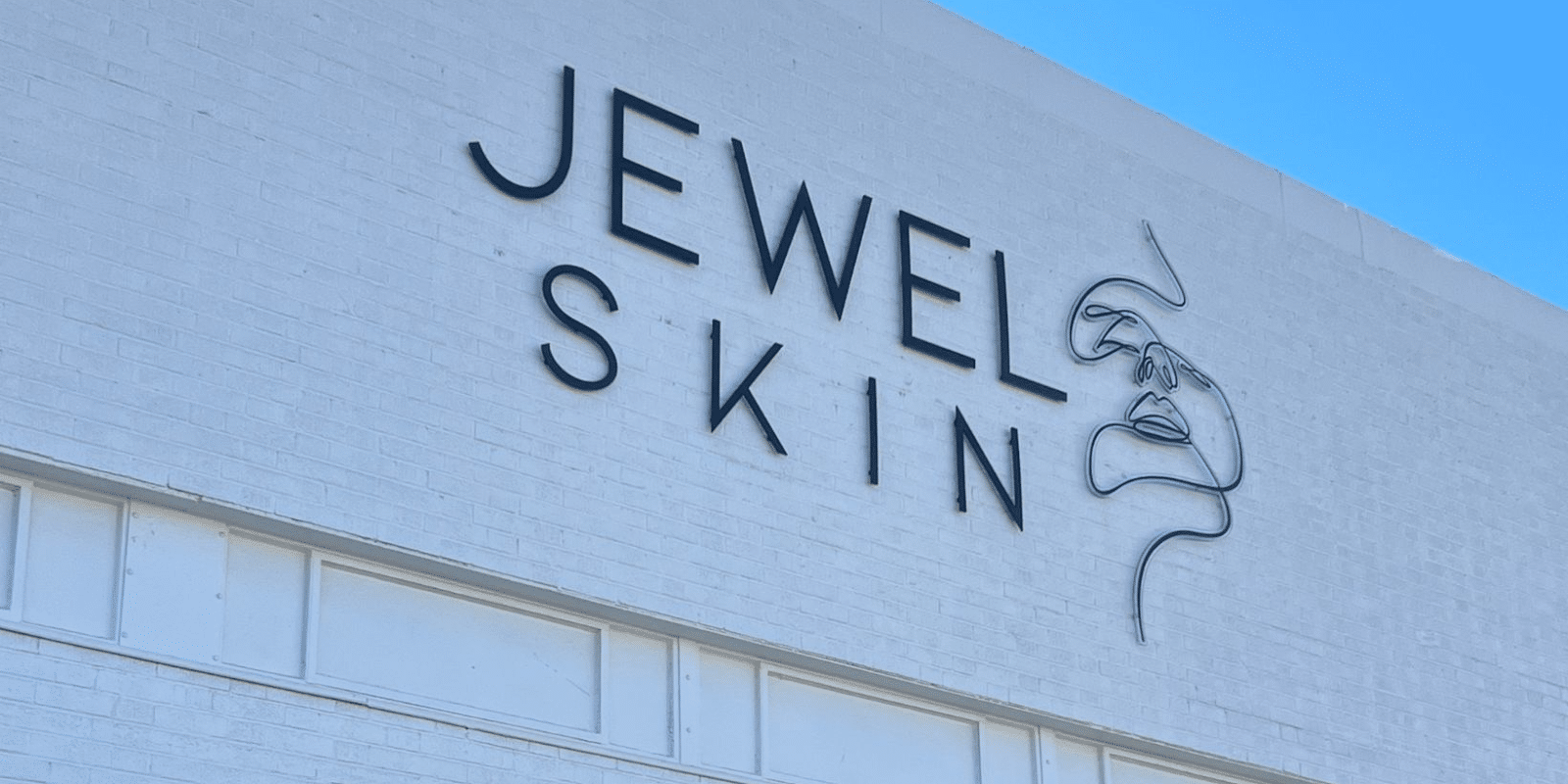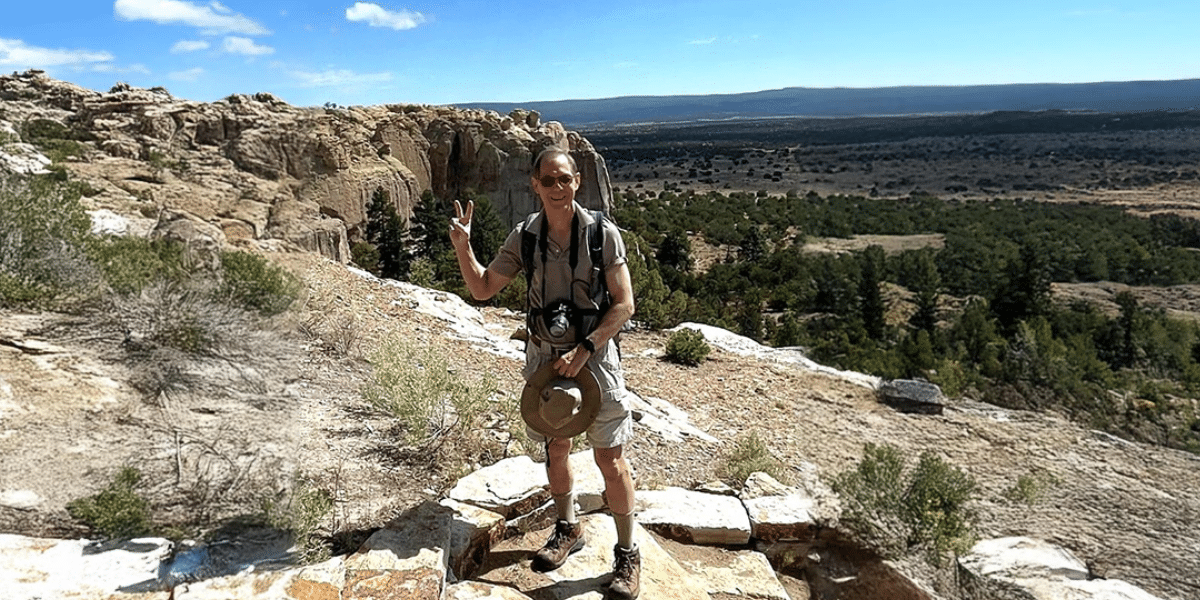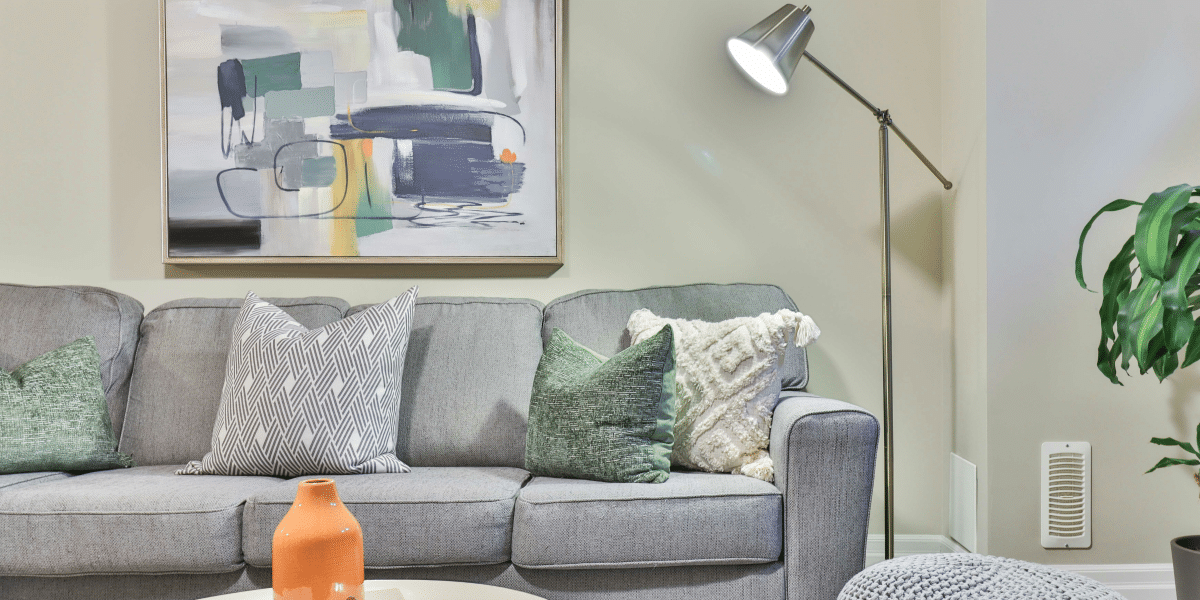By: Caden Monroe
Libby Klein is a remarkable Israeli and Jewish artist who recently debuted her work at Art Basel in New York, and she is already making waves in the art world with her talent. Libby was chosen, along with designers like Cynthia Rowley, Carolina Herrera, Alice and Olivia, and Dennis Basso, to design a pointe shoe for auction at Youth America Grand Prix’s 25th Anniversary Gala. Libby sat down to discuss her recent projects and her artistic vision ahead of the gala.
Can you share with us a bit about your background?
Born in Israel and raised in the States after the early loss of my father, my background is a rich blend of cultural heritage and personal resilience. I’ve woven the textures of my experiences into every facet of my life, as a full-time mother of five, a spirited entrepreneur, and a Jewish activist. These roles not only define me but also deeply influence my artistic expression.
What themes or motifs do you often explore in your artwork, and how do they relate to your identity?
In my artwork, I often explore themes of resilience, connection, and heritage. These themes are a reflection of my own life experiences and the broader narrative of my Jewish cultural identity. I use abstract forms and rich textures to weave complex stories that speak to the beauty and struggles of human experience. Each piece aims to evoke feelings of reflection, unity, and a deeper understanding of our shared histories. This approach not only allows me to connect more profoundly with my roots but also to share this connection with others, fostering a sense of universal humanity.
Are there specific Jewish traditions, symbols, or stories that inspire your creative process?
Absolutely, the bravery and selflessness of my grandmother, Renee Reichman, deeply inspires me. During the Holocaust, after first escaping the war and saving her family, she couldn’t ignore the suffering she knew about. Driven by a strong desire to help, she bravely went back to war-torn Hungary to rescue others from the Nazis. Her incredible courage and commitment to helping people are at the heart of every piece of art I make, pushing me to create art that touches people deeply.
Have you encountered any challenges or opportunities as a Jewish artist in today’s art world, and if so, how do you navigate them?
In a world often torn by conflict, my mission has been only to infuse beauty and tenderness. The challenges we face have, in a way, unveiled numerous artistic opportunities. However, whilst many find their path in creating and sharing from pain, and I deeply respect that, my approach is to foster love and beauty. This, I believe, can pave the way for a deeper connection and understanding among people. Since the war, a notable piece that reflects this belief is my “Hafrashas Challah” artwork, which celebrates the power of women coming together, supporting one another. In these moments of soft, empowering connection, I find a beacon of hope and a path towards salvation. It’s about turning to beauty and solidarity in times of hardship, rather than solely focusing on the negative.
Can you talk about a particular piece of your artwork that holds significant meaning for you?
One of my most meaningful pieces is the White Kotel painting. In this work, white isn’t just a color; it represents unity and the spectrum of perspectives and strengths across humanity. This painting embodies my hope for the world, a place where love, respect, and understanding prevail over judgment and division. The Kotel, with its pure, unblemished appearance, serves as a metaphor for what our world could be: clean, peaceful, and beautiful. Through this piece, I aspire to inspire a world that embraces diversity and fosters a shared respect for all.
What artists have influenced your work?
Renoir and Chagall, with their whimsical sketches and profound storytelling, have always been a source of inspiration. Their ability to capture the essence of life with just the right blend of realism and fantasy mirrors my artistic pursuit.
What role do you believe art plays in preserving Jewish culture and history?
Art is a powerful tool for keeping our culture and history alive. Take, for example, a piece I created for the war that features the ancient trees of Israel. These trees are more than just part of our landscape; they’re silent witnesses to our history. They’ve seen countless generations, absorbing the truths of our past. This artwork emphasizes that, amid many differing opinions, these trees stand firm, holding on to our real stories. Through such works, I aim to ensure that the deep truths of our history are not just remembered but felt and understood, giving voice to our heritage in a meaningful way.
Can you tell us more about the family trees?
My family tree artworks are where my heart truly lies. Each piece is a labor of love, merging generations through a spectacular canvas of color texture, and beauty. By weaving gold leaves and branches into each creation, I capture the unique essence of every family’s journey and legacy. These aren’t just paintings; they’re timeless heirlooms, safeguarding and celebrating lineage with every brushstroke. It’s about preserving heritage, one family tree at a time, making each artwork uniquely priceless.
Do you have any upcoming projects or exhibitions that you’d like to share with us?
A project that I’m currently working on is painting a ballet shoe for an upcoming auction benefiting the Youth America Grand Prix. This cause resonates deeply with me as it aims to help young girls follow their dreams of becoming ballet dancers. As a child, I took ballet lessons, and those moments in the dance studio were the first steps towards dreaming big. This project has brought those memories full circle, reminding me of the power of dreams. Ballet was not just about dance; it was where I learned to envision and reach for what I could become. Now, as I paint this ballet shoe, it symbolizes more than just resilience and hope—it represents the realization of those childhood dreams. The dreams that started with a young ballet student, using her imagination to dance her aspirations into reality, which are now the visions I bring to life through my art.
Where can we see your work?
You can find my artwork in several places, from the Carlton Fine Arts gallery in Manhattan to the online galleries on my website and social media. You can also visit my studio, which is right next to my home, for a more personal view of where I work. It’s a place where I continue to develop new pieces that reflect my journey, heritage, and the stories I want to share through my art.
Published By: Aize Perez



